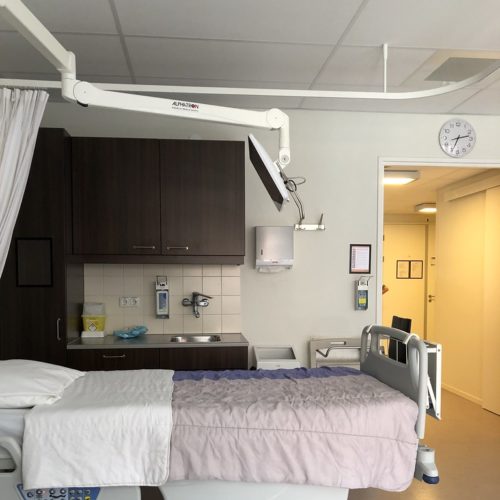Prevalence and challenges facing high-need patients vary significantly between states
Understanding high-need adults with complex conditions and their barriers to care are key to developing solutions that improve health and control costs. High-need adults have at least two chronic diseases and a functional limitation in their ability to care for themselves or perform routine daily tasks. A new report from the Commonwealth Fund outlines in depth the number of high-need adults and their challenges across states. Twelve percent of American adults have high medical needs but ERC states’ rates are at or below the US average. High-need adults tend to be older and have lower incomes than other Americans. High-need adults are less likely than the rest of the population to be uninsured, and that rate is even lower in states that chose to expand Medicaid. High-need adults are also more likely to have a usual source of care than other adults. Unfortunately high need adults are about twice as likely as other adults to have gone without needed care due to cost. Other than costs, the main reasons for missing needed care are transportation or not being able to get a timely appointment for care.
| High-need adults as share of total population | Uninsured rate among high-need adults | % of high-need adults who went without a provider visit due to cost | % of high-need adults who went without a prescription drug due to cost | |
| CT | 10% | 7% | 18% | 15% |
| DE | 12% | 5% | 20% | 24% |
| ME | 11% | 9% | 18% | |
| MD | 9% | 4% | 16% | 15% |
| MA | 11% | 4% | 16% | 19% |
| NH | 10% | 9% | 25% | 23% |
| NJ | 9% | 8% | 24% | 19% |
| NY | 11% | 5% | 21% | 18% |
| PA | 11% | 5% | 20% | 20% |
| RI | 11% | 6% | 23% | 22% |
| VT | 10% | 4% | 16% | 17% |
| US | 12% | 9% | 24% | 22% |





